Introduction:
Are you seeking the heart of Cambodia, away from the bustling crowds of Angkor Wat and the beaches? Imagine a place where vibrant art, rich history, and genuine local interactions blend seamlessly amidst stunning rice paddies and ancient temples. Welcome to Battambang, a city that invites you to slow down, immerse yourself in the local culture, and experience Cambodia in its most authentic form.
Battambang, Cambodia’s second city, offers just that – a chance to experience authentic Cambodian life at a slower pace, discovering Albania’s vibrant capital, like navigating Europe’s unrecognized state. Unlike the more tourist-heavy destinations, Battambang is a tranquil haven where the past and present come together. However, navigating this charming city and its surroundings requires insider knowledge to uncover its hidden gems and avoid common traveller pitfalls. This guide is your key to unlocking the best of Battambang, with a mix of iconic sights, local insights, and practical advice that ensures a genuine experience, unveiling hidden gems & offering your comprehensive journey.
In this comprehensive guide, we ’ll walk you through the best things to do in Battambang, from iconic experiences like the Bamboo Train to supporting local arts and discovering off-the-beaten-path countryside wonders, including the best things to do in Antigua & providing an essential guide for travelers. We’ll provide practical tips on how to get around, where to find authentic experiences and offer safety insights to help you navigate the city with ease. Whether you’re an independent traveller, a solo backpacker, or a culture enthusiast, this guide will equip you with the knowledge to have an unforgettable, authentic, and safe adventure in Battambang, a locals guide to Uruguay’s capital & exploring Ukraine’s resilient capital safely.
Why Battambang? Discovering Cambodia’s Cultural Gem
When most travellers think of Cambodia, they immediately picture the grandeur of Angkor Wat or the bustling streets of Phnom Penh. But what if there’s a place where you can experience the authentic soul of Cambodia, minus the crowds? Enter Battambang, a captivating destination that offers a refreshing contrast to the more well-known spots.
Unlike the typical tourist-heavy routes that often lead to Siem Reap or Phnom Penh, Battambang stands as an untouched gem waiting to be explored. For independent travellers and backpackers seeking cultural immersion, this is the place where you’ll find not only breathtaking landscapes but also a rich tapestry of art, history, and local traditions. It’s a city that allows you to connect with the people, the land, and the culture in ways that feel far more personal and meaningful.
Battambang is often referred to as Cambodia’s “cultural capital” or “art city,” and for good reason, unearthing Moldova’s authentic capital. Here, you’ll find a thriving art scene that celebrates the local Khmer culture, from the beautiful frescoes and sculptures that adorn the walls of temples to the vibrant contemporary art galleries. It’s the place where creative expression is not just preserved but celebrated. From local music to traditional dance, there’s an undeniable energy in the air that makes this city feel alive with culture.
However, perhaps the most considerable appeal of Battambang lies in its ability to offer something more profound than the average tourist trail. If you’re the type of traveller who seeks to move beyond the typical “touristy” experiences and uncover the heart of Cambodia, then Battambang is your destination. Whether you’re hopping on the famous Bamboo Train, exploring ancient temples, or supporting local artisans, this city offers a wealth of opportunities to engage with Cambodia in a meaningful and enriching way, revealing ancient wonders and modern charms.
For those who want to truly delve into Cambodia’s rich history, art, and traditions, Battambang provides the perfect setting, discovering Santo Domingo’s history and culture. It’s a place where you can slow down, enjoy authentic experiences, and immerse yourself in a living, breathing culture.
Getting to Know Battambang: A Brief Overview
Nestled in northwest Cambodia, Battambang is a city that carries a rich history, distinct charm, and a relaxed atmosphere that draws travellers seeking something different. With a past shaped by both Khmer and colonial influences, the city offers a blend of cultural depth and visual appeal.
A Brief Historical Context
Battambang’s history is marked by its colonial architecture, particularly the French influence that still lingers in the city’s older buildings. Strolling through its streets, you’ll notice charming French-style villas, colonial-era storefronts, and wide boulevards, reflecting a time when Battambang was a central hub under French rule. This blend of French and traditional Khmer architecture provides a unique backdrop for the city’s vibrant local culture.
Strategic Location and Role as a Provincial Capital
As Cambodia’s second-largest city, Battambang is strategically situated near the border with Thailand, making it a key provincial capital. Historically, it has been a centre for trade and commerce, primarily due to its proximity to both agricultural zones and key transportation routes. Today, it continues to serve as an administrative and economic hub for the surrounding region, connecting the rural areas with urban infrastructure while preserving its local identity.
The Local Atmosphere: Relaxed Pace, Friendly People
What truly sets Battambang apart is its relaxed pace of life. Unlike the frenetic energy of Phnom Penh or the tourist crowds in Siem Reap, Battambang offers a laid-back environment where time seems to slow down. Whether you’re wandering along the riverside, sipping coffee in a local café, or cycling through the countryside, the city’s serene atmosphere makes it an ideal destination for those seeking to unwind and immerse themselves in a genuine Cambodian experience. The friendly locals add to the charm, offering a warm welcome to all who visit.
The Growing Arts Scene
In recent years, Battambang has gained recognition as Cambodia’s emerging art city. The city is becoming a hotspot for artists, both local and international, who are drawn to its creative energy and affordable living costs. Art galleries, murals, and cultural centres-centres are emerging across the city, offering a space for contemporary art and traditional Cambodian crafts to flourish. Whether you’re visiting a gallery showcasing the works of local painters or attending a live performance at the Battambang Arts Center, the city’s creative pulse is impossible to ignore.
The Surrounding Countryside: Agriculture and Rural Life
Beyond the city limits, Battambang’s countryside paints a picture of Cambodia’s agricultural heartland. The region is known for its fertile rice fields, lush orchards, and traditional farming practices. It’s the perfect place to experience rural life, where the rhythm of the land sets the pace for daily activities. You’ll find that the people here are deeply connected to the land, with agriculture playing a significant role in the local economy. Exploring the countryside offers an authentic glimpse into the traditional way of life in rural Cambodia, where life is simpler, slower, and full of natural beauty, like exploring Chile from Atacama to Patagonia.
From the colonial streets to the rural expanses, Battambang is a city that offers something for every traveller – a deep dive into Cambodia’s history, a thriving arts scene, and an authentic taste of rural life. It’s the perfect blend of tradition, creativity, and local charm.
Unmissable Things to Do in Battambang City & Its Outskirts
1) Ride the Famous Bamboo Train (Norry)
A quintessential Battambang experience, the Bamboo Train (locally known as Norry) provides a fun and bumpy ride along a rustic stretch of railway track, powered by a small, motorized bamboo platform, offering a complete guide to tips. It’s a unique and exhilarating ride that speeds through the lush Cambodian countryside, passing rice fields and rural villages. The ride is more of an adventure than a smooth train journey, so expect to feel the thrill of the track’s uneven surfaces.
Initially, the Bamboo Train served as a local transport solution, especially during the Khmer Rouge period when Cambodia’s railways were in disrepair. Villagers used the bamboo platforms to carry goods, and the ride has remained a quirky part of the local culture ever since.
During the ride, you’ll encounter vendors selling cold drinks, snacks, and small souvenirs. Don’t just focus on the thrill of the ride—take the opportunity to chat with the vendors at the end of the line. This interaction not only supports local entrepreneurs but also gives you a glimpse into the daily life of rural Cambodians.
The Bamboo Train station is located just outside the city, and although it has been relocated recently due to infrastructure upgrades, it’s still easy to find with the help of a tuk-tuk driver. Tickets are relatively inexpensive, generally costing around $5–$10 for a round-trip ride. The journey typically lasts between 45 minutes and an hour.
Remember, supporting the vendors by buying a drink or small souvenir goes a long way in helping the local community. The vendors are friendly and often happy to share stories of their lives.
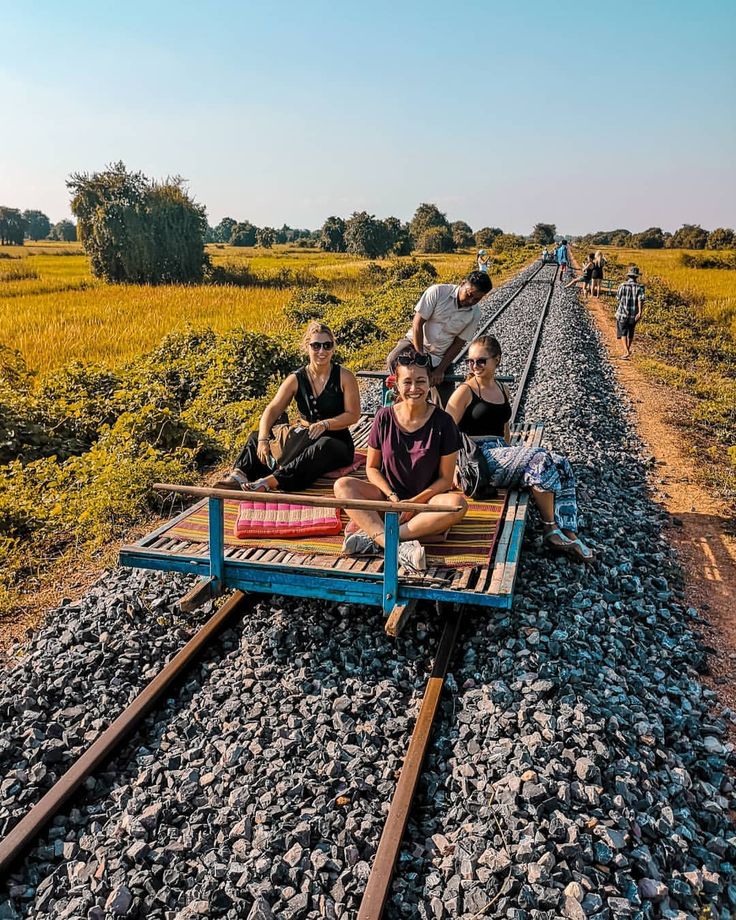
2) Experience the Magic of Phare Ponleu Selpak Circus
This isn’t your typical circus—Phare Ponleu Selpak (translated as “Brightness of the Arts”) is a social enterprise that uses circus arts to provide vulnerable youth with education and skills. The performers are highly talented young Cambodians who blend acrobatics, dance, theatre, and live music to tell powerful stories about Cambodian life and history.
The circus performances often reflect themes of Cambodian culture, touching on everything from ancient legends to the resilience of the Cambodian people. The level of skill and energy is breathtaking, making it much more than just a show—it’s an expression of hope, creativity, and community.
Phare Ponleu Selpak’s mission goes beyond entertainment. They aim to provide education, support, and an artistic outlet to young Cambodians who might otherwise lack such opportunities. Attending a performance supports their mission directly and helps fund their programs.
If you have time, consider visiting the Phare Ponleu Selpak campus, where the youth practice and learn. It’s an enriching experience to see where the magic happens.
Shows are held several nights a week at the Phare Ponleu Selpak venue. Tickets are reasonably priced, ranging from $12 to $15, with various seating options available. Be sure to check the show schedule in advance. Referencing Phare Ponleu Selpak adds local expertise to your travel experience. It’s a perfect blend of entertainment and meaningful cultural immersion.
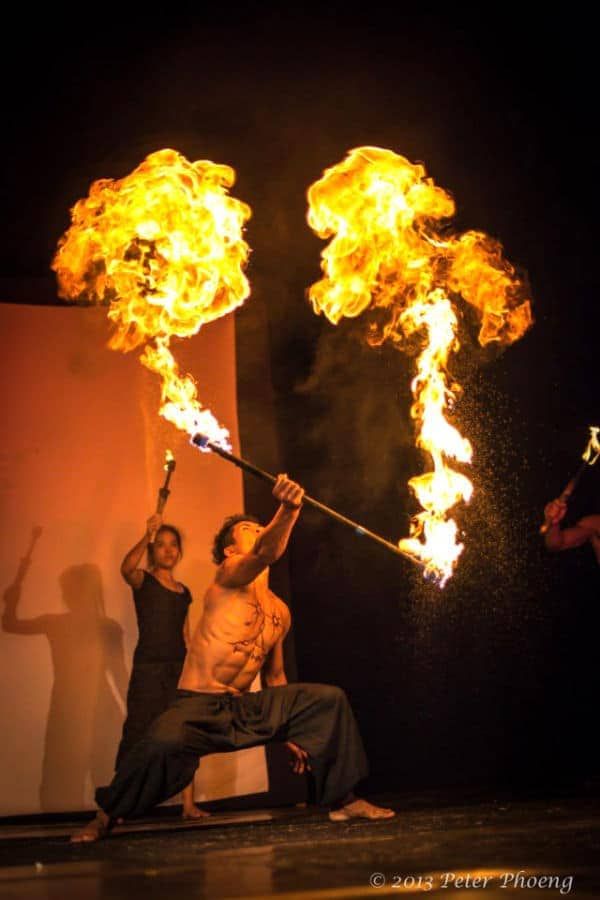
3) Visit Wat Sampeau (Killing Caves & Hilltop Views)
Perched atop a hill, Wat Sampeau is home to the infamous Killing Caves that serve as a grim reminder of Cambodia’s tragic Khmer Rouge history, experiencing the Chernobyl Exclusion Zone safely. The temple complex offers sweeping views of the surrounding countryside, but it’s the dark history tied to the caves that make this site especially significant.
The Khmer Rouge used the Killing Caves as execution sites, where thousands of people were murdered and thrown into the caves. It’s essential to visit with respect and a solemn understanding of the history, as the site serves as a place of reflection and remembrance.
To reach the temple, visitors must ascend a series of stairs, but if you’re not up for the climb, you can hire a moto-taxi to take you to the top. The views from the top are worth the effort, as you’ll be treated to panoramic vistas of the rural landscape.
Wat Sampeau is situated approximately 12 kilometres outside of Battambang, and the entrance fee is minimal, typically ranging from $1 to $2. There may also be a small fee if you leave your bike or tuk-tuk at the base.
Reflecting on the sombre history of the Killing Caves while taking in the beautiful vistas offers a unique contrast that adds depth to the experience.
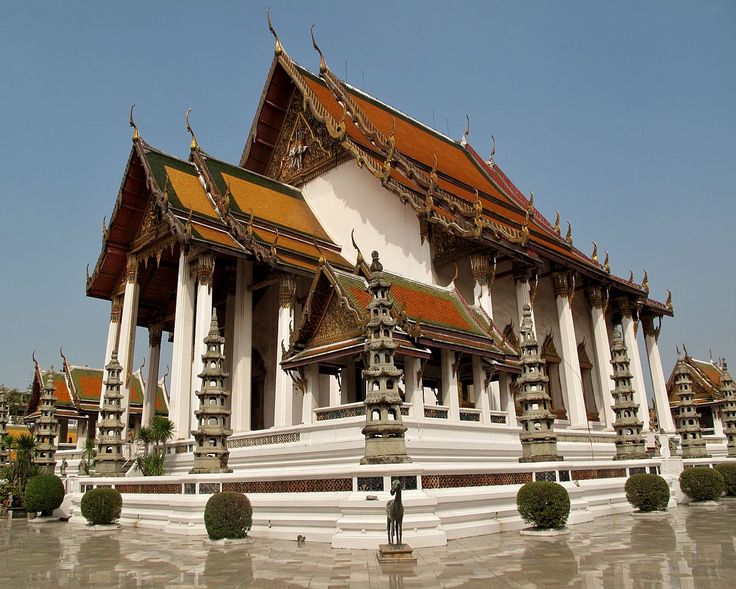
4) Explore the Ancient Banan Temple
Another must-see site outside Battambang is Banan Temple, an Angkorian-era structure often likened to a miniature version of Angkor Wat. Sitting atop a hill, this well-preserved 11th-century temple offers a glimpse into Cambodia’s ancient architecture.
Built during the reign of the Khmer Empire, the Banan Temple is dedicated to the Hindu god Shiva. The temple is surrounded by beautiful carvings and stone structures, with the most impressive being the five central towers. The setting is both peaceful and atmospheric.
To reach the temple, you’ll need to climb a steep set of stairs. The ascent can be challenging, but it’s part of the experience, rewarding you with an extraordinary view from the top.
Banan Temple is located near Wat Sampeau, making it easy to combine both visits in a single-day trip. Entrance fees are generally minimal and often included in countryside tour packages. The visit takes about an hour.
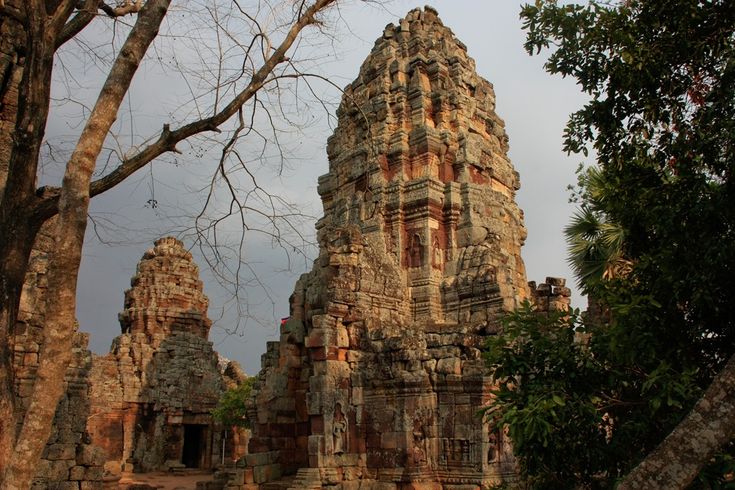
5) Wander Through the Colonial Architecture
The heart of Battambang is characterized by its colonial architecture, which lends the city its unique charm. You’ll find elegant French colonial buildings, such as the Governor’s Residence, and art deco structures that speak to the city’s rich history.
As you walk or cycle through the city centre, make sure to look for the Governor’s Residence, with its intricate architecture, and explore the rows of old shophouses and colonial-era storefronts. The Art Deco buildings add a modern twist to the historical blend.
A leisurely walking tour or bicycle ride around the city will give you ample time to take in the buildings and appreciate their architectural beauty.
The combination of Khmer and French styles creates a distinctive atmosphere, offering a visual narrative of the city’s colonial past and Cambodian heritage.
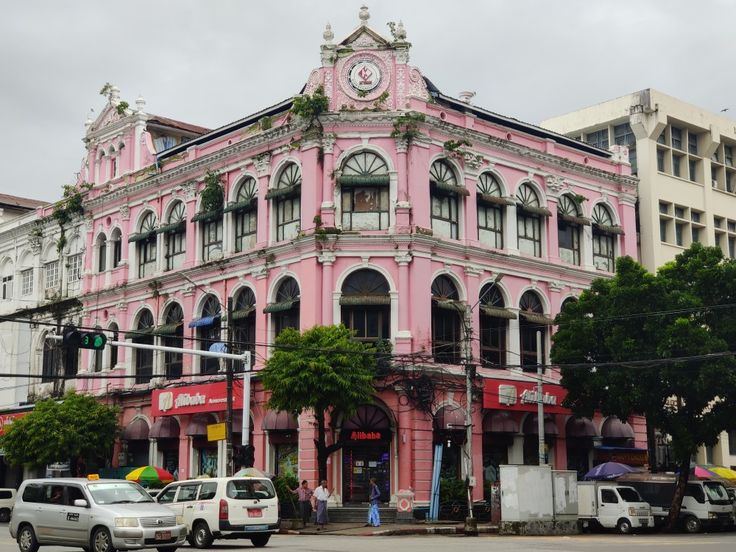
6) Discover Local Life at the Markets
Battambang’s markets offer a vibrant mix of fresh produce, local food, clothing, and household goods. Phsar Nath (Day Market) and the Evening Market are two of the main places where locals shop and socialize.
To experience the market at its liveliest, visit early in the morning when the air is cooler and the market is bustling with locals preparing for their day. It’s also the best time to see authentic local life in full swing.
Based on personal experience, the markets are a sensory overload—bright colours, mouth-watering smells, and the hum of conversation make for an unforgettable experience.
Phsar Nath is open during the day, and the Evening Market comes alive in the late afternoon. Both markets are located in the city centre and are easily accessible by foot or tuk-tuk.
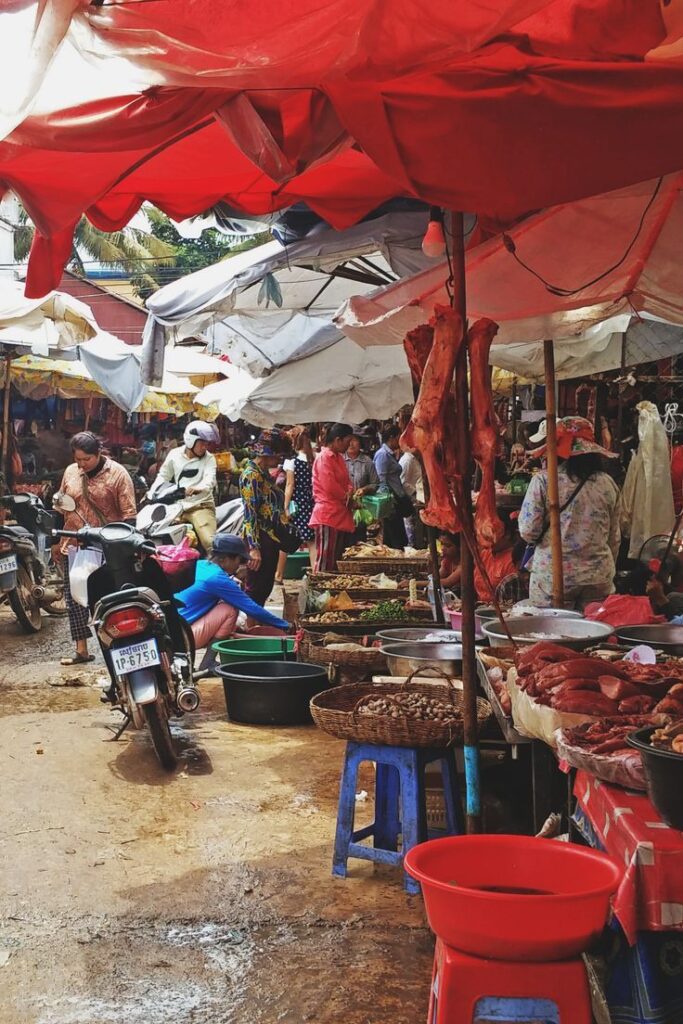
These experiences make Battambang a one-of-a-kind destination, perfect for those seeking adventure, history, and authentic local interactions. Whether you’re exploring the countryside or immersing yourself in the city’s vibrant arts scene, Battambang offers something unforgettable for every traveller.
Planning Your Visit: Activities Summary
| Activity | Type (Cultural, Nature, Historical, etc.) | Typical Duration | Estimated Cost (Range) | Best Time to Visit (Day/Season) |
| Bamboo Train | Unique Experience | 30–45 min ride each way | $5–10 per person | Any time (cooler in the morning/late afternoon) |
| Phare Ponleu Selpak Circus | Cultural, Performance, Social | 1–1.5 hours | $10–20 per person | Evening (check schedule) |
| Wat Sampeau (Killing Caves & Hilltop Views) | Historical, Nature, Cultural | 2–3 hours | $0–2 (plus transport) | Late afternoon (for sunset bats) |
| Banan Temple | Historical, Cultural | 1–2 hours | $1–3 (plus transport) | Morning or late afternoon |
| Colonial Architecture Walk | Historical, Cultural | 1–2 hours | Free | Morning or late afternoon |
| Phsar Nath (Day Market) | Cultural, Local Life | 1 hour | Free (cost of purchases) | Morning |
| Bat Caves Sunset Spectacle | Nature | 30 min – 1 hour | Free (plus transport) | Just before sunset |
Essential Resources & Tools for Travelers
| Category | Tools & Resources | Why It’s Useful |
|---|---|---|
| Navigation & Planning | Google Maps / Maps.me – Maps.me allows offline downloads for rural areas. Reputable Guidebooks – e.g., Lonely Planet Cambodia. Travel Blogs/Forums – TripAdvisor, Reddit. | Provides reliable navigation, in-depth local insights, and real-time peer advice. |
| Transportation | Grab / PassApp | Safe and reliable ride-hailing apps for getting around Battambang. |
| Communication | Google Translate – With offline language packs. Local Phrasebook – Handy for essential Khmer phrases. | Helps overcome language barriers and makes interactions smoother. |
| Finding Local Experiences | Local Tour Operators – Choose locally run, ethical operators recommended by locals or travelers. | Ensures authentic, sustainable experiences while supporting the local economy. |
These tools and resources will help make your trip smoother and more enjoyable, mastering long-haul flights. Safe travels!
Conclusion
Battambang is a hidden gem, offering a unique blend of history, art, culture, and authentic rural life. It’s a place where you can connect with Cambodia’s rich past, explore vibrant local arts, and experience the slower pace of rural life, all while avoiding the crowds of more mainstream tourist destinations. With a bit of planning and a spirit of adventure, Battambang promises an enriching experience that will leave you with lasting memories.
Step off the beaten path and discover the charm of Battambang for yourself. Use this guide to start planning your journey today!
